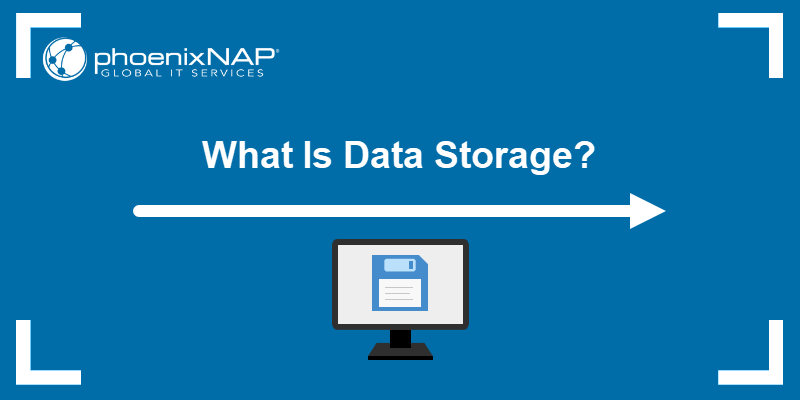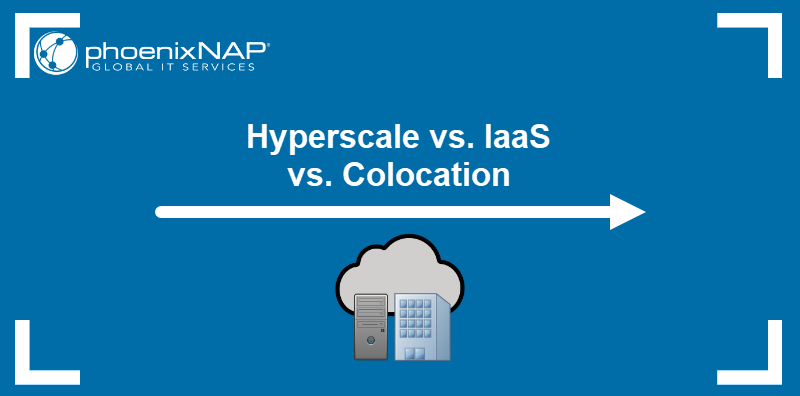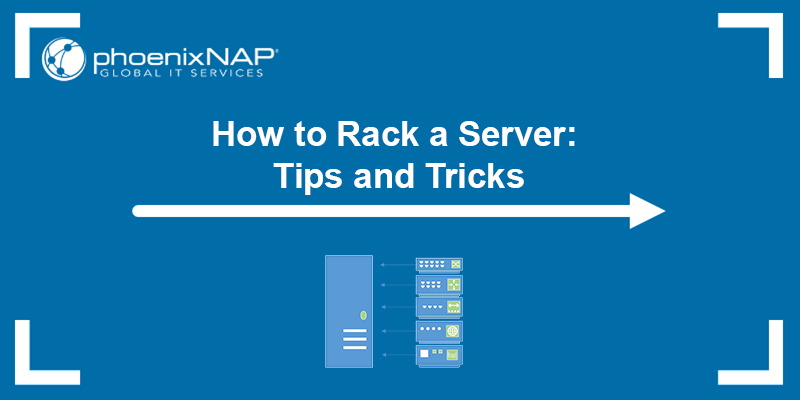Redundancy is an IT strategy that creates backup components to take over in case of failure. It ensures high availability, uninterrupted service, and minimized downtime for mission-critical workloads.
N+1 redundancy is common in data centers, colocation facilities, and enterprise IT environments. It balances cost efficiency and reliability, which is why it's a widely used standard.
This article explains what N+1 redundancy is, how it compares to other redundancy levels, and its role in modern data center architecture.
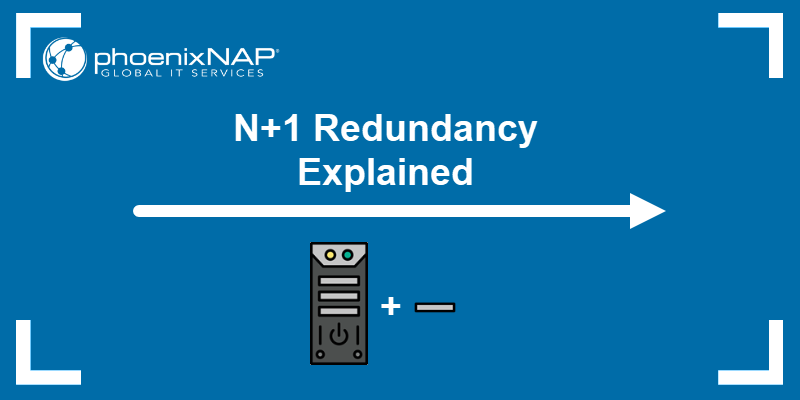
What Is N+1 Redundancy?
N+1 redundancy is an IT and data center redundancy strategy that aims to prevent disruptions. The term consists of two main parts:
- N is the number of components required for normal operations.
- +1 is an additional backup component that takes over if a unit fails.
This strategy ensures the system remains operational even if one component goes offline. It provides a safety margin without the cost of advanced redundancy models.
N+1 redundancy is often found in power systems, network equipment, and cooling units in data centers and colocation facilities.
Data Redundancy Levels Overview
Different data redundancy levels represent strategies with varying degrees of fault tolerance. Each level has a different balance between cost and the reliability they provide.
The sections below describe the most common redundancy models.
N
The N redundancy model contains only the essential components required for regular operation. The model has no backups, so if a single component fails, the system experiences downtime.
The N model is the most cost-efficient but lacks reliability and fault tolerance.
N+1
The N+1 model adds a single backup component to the N model. If a unit fails, the extra component takes over to prevent downtime. The additional backup ensures services remain uninterrupted.
The main reasons data centers and colocation facilities use the N+1 redundancy model are moderate cost and improved reliability.
N+2
The N+2 model further extends the N+1 by adding another backup component. By having two backup components instead of one, the model ensures operation in cases where two units fail simultaneously.
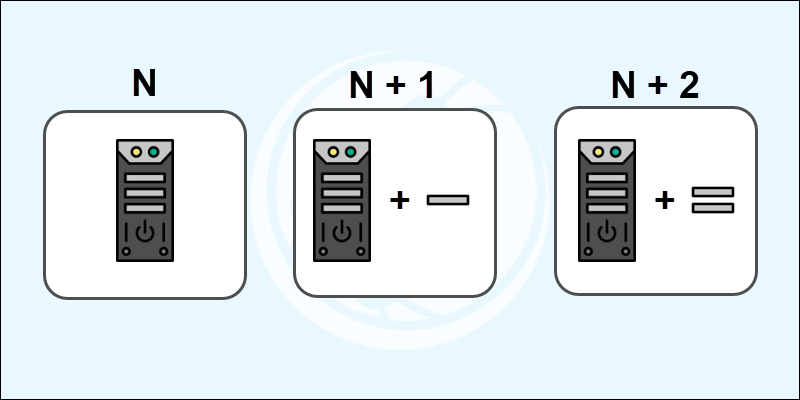
2N
The 2N redundancy model creates a mirrored system that duplicates all critical components. If any component fails, an identical backup system is available to take over. The 2N model is highly reliable but significantly more expensive due to the doubled infrastructure.
2N+1
The 2N+1 model is the most reliable redundancy approach on this list. It enhances the 2N model by adding a backup component to the mirrored system. Although 2N+1 is the most fault-tolerant strategy on the list, it also has the highest implementation costs.
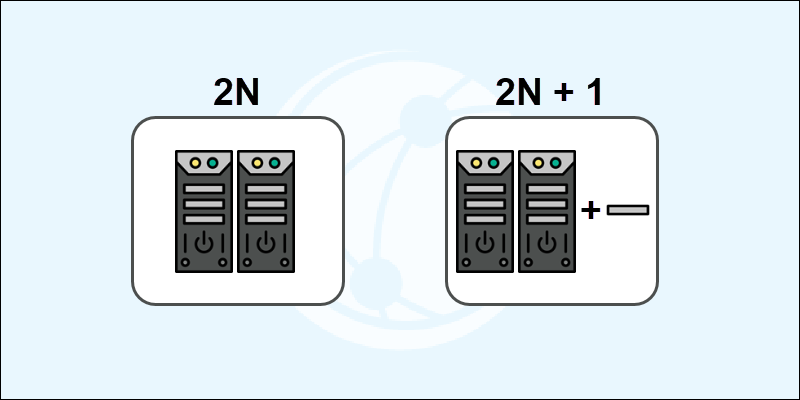
Why Is N+1 Redundancy Important?
N+1 redundancy helps prevent unplanned system failures. Having a backup component always available helps reduce the chance of costly downtime, data loss, and service disruptions.
Key reasons why N+1 redundancy is important and widely used include:
- Cost efficiency. The strategy provides fault tolerance without high investments.
- Minimized downtime. N+1 prevents service interruptions by having a component that takes over in case the primary one fails.
- Business continuity. Critical applications remain operational. The redundancy prevents revenue loss and reputational damage.
Note: Learn more about business continuity best practices and grab our free PDF business continuity plan checklist.
By balancing cost and reliability, N+1 redundancy is a practical choice for businesses that require high availability without excessive investments. It's an essential strategy to maintain uptime for power, cooling, and network systems in data centers and colocation.
N+1 Redundancy Use Cases
N+1 redundancy is used across IT and technology-based industries to prevent service disruptions. It's especially beneficial for environments where downtime is costly, but full duplication (2N) is impossible or impractical due to costs.
Common N+1 use cases include the following examples:
- Colocation facilities and data centers. Networking equipment, cooling units, and power supplies are often configured with N+1 redundancy. It helps ensure data centers maintain their SLA-backed uptime.
- Uninterruptible Power Supply (UPS) systems. UPS configurations use N+1 designs to ensure a continuous power supply. An extra unit is installed for every power module. Apart from data centers, these systems are also found in hospitals and financial institutions to maintain operations during electrical failures.
- Telecommunication networks. Providers use N+1 redundancy in network infrastructure, base stations, and transmission links. For example, a backup radio unit ensures mobile services are available even when a primary component fails.
- Industrial systems. Production lines depend on N+1 redundancy, especially in robotics, automated control systems, and power supplies. Factory downtime can be incredibly costly, so there is typically a redundant Programmable Logic Controller (PLC) unit to continue operations if the main one encounters an issue.
- Environmental controls. Data centers and industrial environments require heating, ventilation, and air conditioning (HVAC) control systems. Control systems often use backup units to maintain stable conditions and extend the lifespan of critical infrastructure.
Note: phoenixNAP's colocation services leverage N+1 redundancy across power, cooling, and network infrastructure to ensure uninterrupted services.
N+1 Data Center Architecture Explained
N+1 data center architecture applies to all critical infrastructure components, including data center power, cooling, storage, computing, and network equipment. The redundancy model ensures operation in case of component failure.
The sections below explain how N+1 redundancy improves reliability across these areas.
Power
Reliable power systems are essential for maintaining data center uptime. An N+1 redundancy model ensures that another component is ready to take over if one power component fails. This redundancy applies to several power infrastructure areas:
- Uninterruptible Power Supply (UPS). UPS systems provide temporary backup power during short-term outages or power fluctuations. Data centers deploy additional UPS modules to ensure continuous operations and prevent data corruption or equipment failure.
- Power Distribution Units (PDUs). These units distribute electrical power across a data center and IT environment. Redundant PDUs guarantee uninterrupted power flow if the primary unit goes offline.
- Backup generators. Backup generators are large-scale power sources that activate during prolonged outages until normal power is restored. An N+1 setup includes an extra generator, and they work alongside UPS systems to ensure a seamless power transition.
Cooling
Temperature control prevents hardware failures caused by overheating. N+1 redundancy ensures cooling continues even if a unit fails. Cooling redundancy measures include:
- Computer Room Air Conditioning (CRAC) units. Additional CRAC units maintain cooling capacity if the primary unit shuts down.
- Redundant cooling loops. A secondary cooling loop pathway prevents overheating in case of faults with the main loop.
- Chilled water and airflow systems. Backup chillers and air handling units help sustain cooling.
Note: Some data centers also implement liquid immersion cooling to enhance cooling efficiency.
Network
Network failures can happen at a single point and result in widespread outages. N+1 network redundancy helps minimize this risk by incorporating the following:
- Multiple Internet Service Providers (ISPs). Data centers maintain at least one, but typically several, additional ISP connections to ensure continuous uptime.
- Load balancers and firewalls. Redundant security modules ensure traffic management and network security functions at all times.
- Backup core and edge switches. Traffic automatically reroutes through spare switches at critical points in case of a failure.
Note: Data center security is complex, and it includes both physical and digital layers of protection.
Storage and Compute
N+1 storage and compute redundancy ensures data integrity and application availability. Backup systems provider failover protection through:
- Failover virtual machines (VMs). Spare VMs automatically take over workloads from instances that are not working.
- Backup servers. Additional servers prevent service disruptions if the primary server fails.
- RAID configurations. Storage configurations with redundant disks (such as RAID 1 or RAID 10) allow recovering from disk failure without data loss.
Note: Learn more about different RAID levels and types, and use our free RAID calculator to determine how much array capacity you need.
N+1 Redundancy Advantages and Disadvantages
N+1 redundancy creates a balance between reliability and cost. Data centers and colocation facilities rely on this strategy due to this balance.
The sections below outline the key advantages and disadvantages of N+1 redundancy.
Advantages
The main advantages of N+1 redundancy are:
- Fault tolerance improvement. The system prevents downtime by remaining operational due to a redundant component.
- Extensive application. Colocation providers use N+1 redundancy for critical infrastructure components to ensure service availability.
- Simplified maintenance. Redundant components allow maintenance to be performed without disrupting operations.
- Cost-effectiveness. N+1 is the most affordable of all redundancy models, especially compared to systems requiring duplication (2N or 2N+1).
Disadvantages
Some disadvantages of N+1 redundancy include:
- Semi-fault tolerance. An N+1 system is not efficient and results in outages in cases where multiple components fail simultaneously.
- Additional investment required. Although it's the most cost-efficient model, N+1 still requires additional hardware, increasing OpEx costs.
- Potential single points of failure. Redundancy requires careful planning and implementation. All critical systems require N+1; otherwise, certain areas will remain vulnerable.
Conclusion
This guide provided an introduction and overview of N+1 redundancy. Modern data center architecture relies on this redundancy model to ensure cost-effective continuous operations.
Next, learn more about how facilities balance uptime and environmental responsibility in our data center sustainability analysis.
